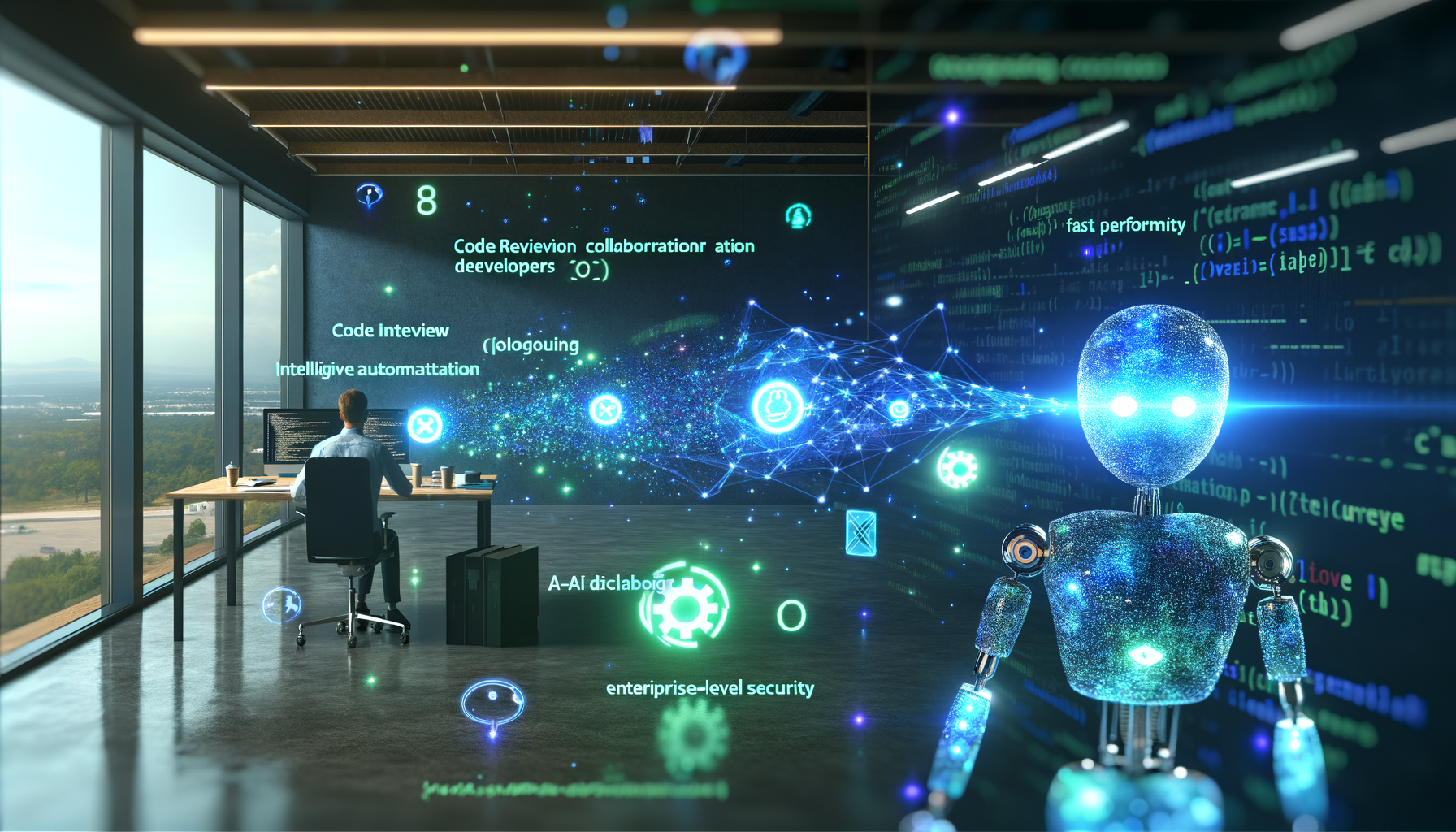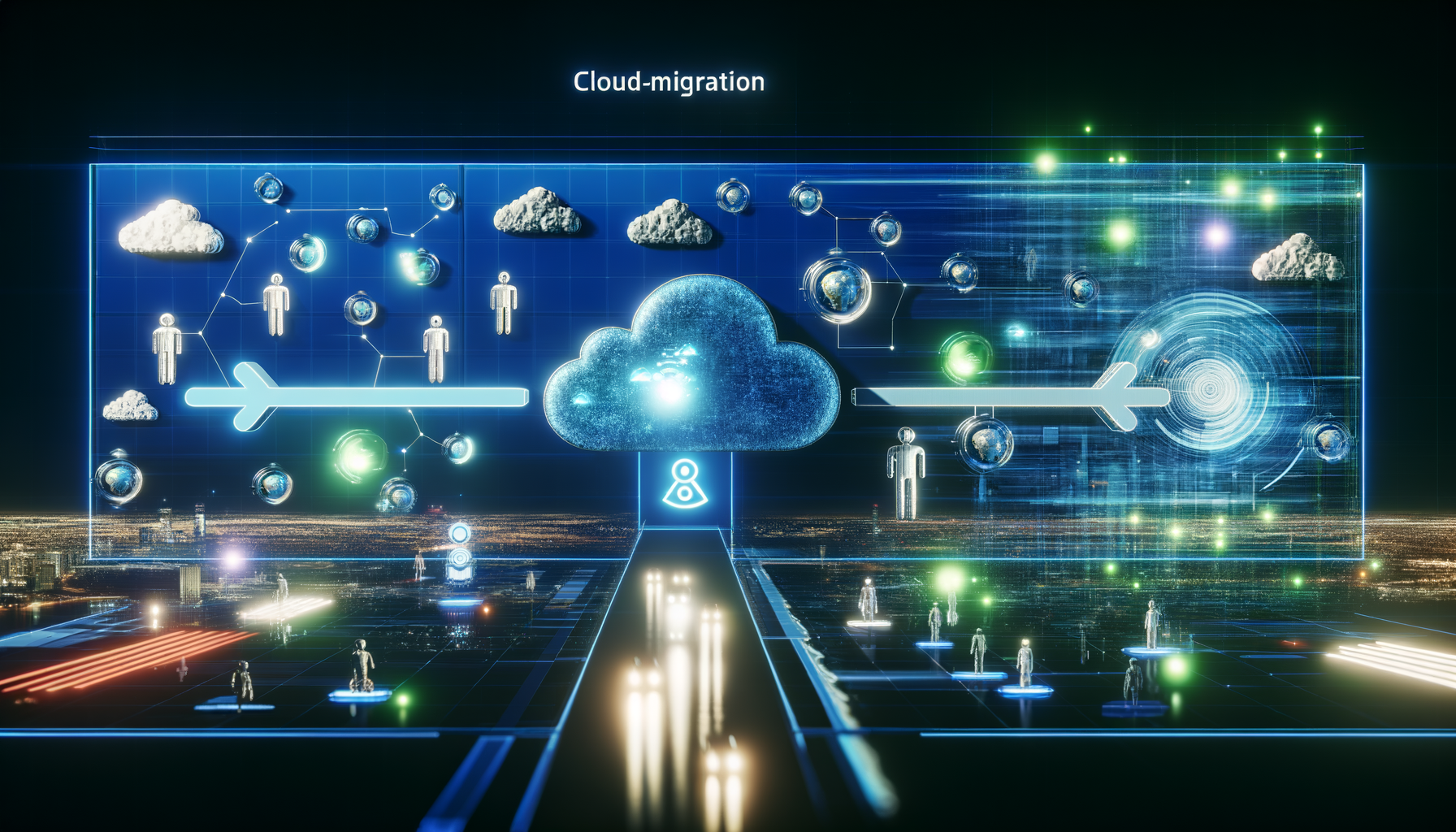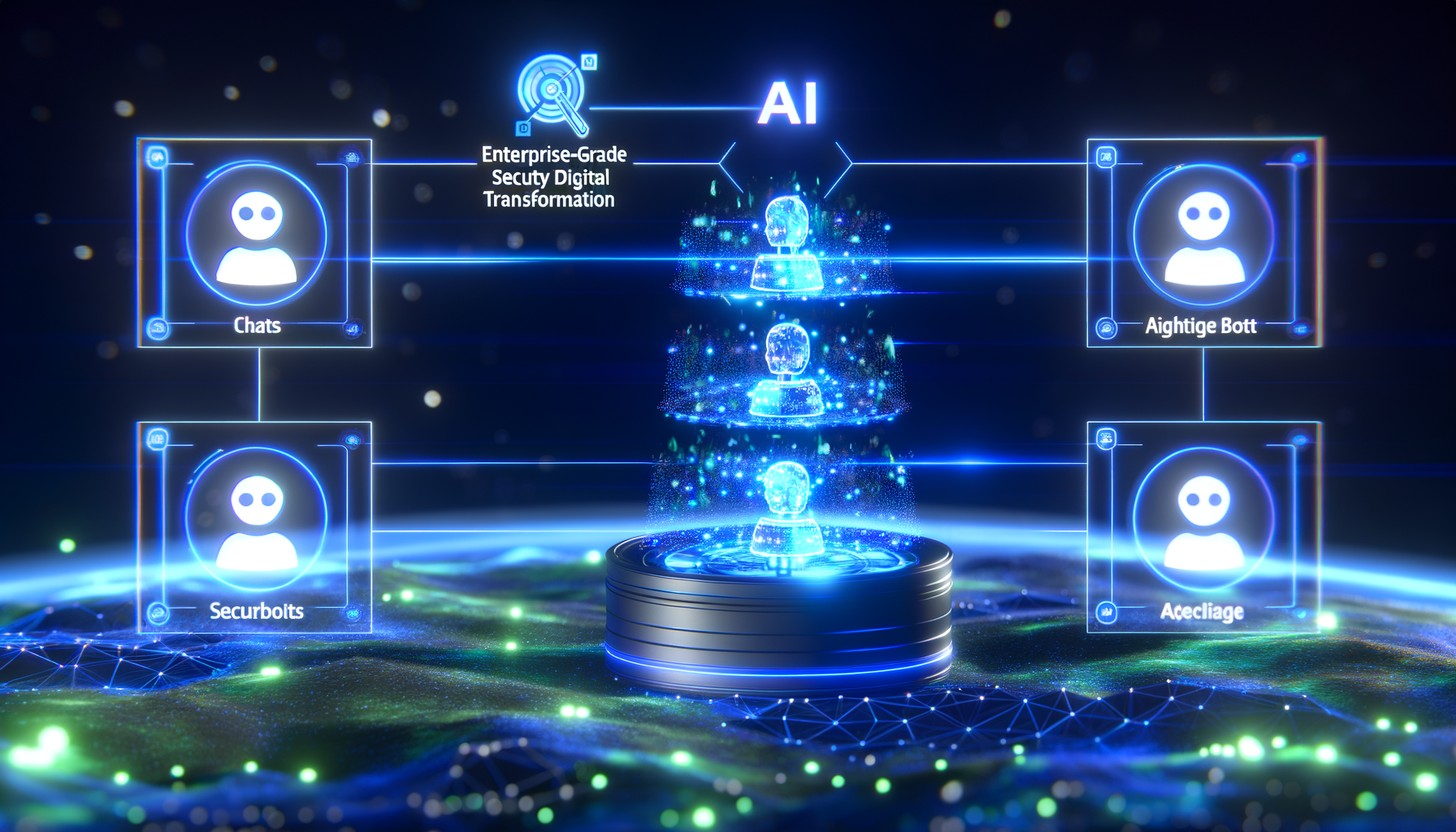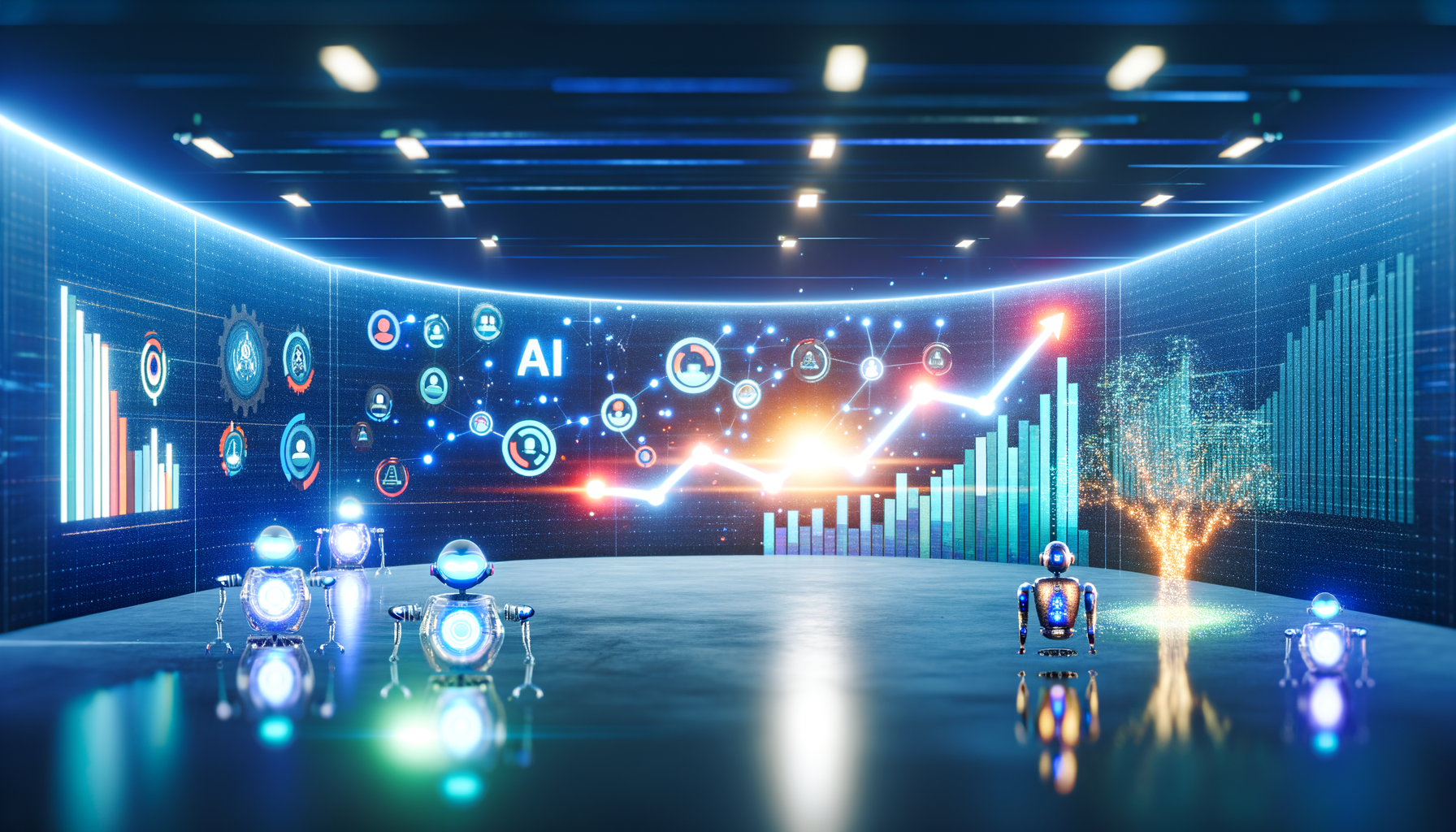Can businesses really afford to ignore the AI wave sweeping across industries? With AI integration and intelligent automation projected to add significant value to operations by 2025, organizations are at a crossroads. This guide unpacks how to deploy AI effectively, modernize legacy systems, and secure a competitive edge.
Understanding AI Integration

Code-review collaboration with AI tools aiding developers
AI integration refers to embedding AI capabilities into existing systems to enhance productivity and innovation. For CTOs and CIOs, the challenge lies in aligning AI initiatives with business goals.
At Quicklook, we've seen AI transform operations from predictive analytics to intelligent automation. For instance, AI integration can streamline workflows by predicting maintenance needs, thus reducing downtime.
The market for AI integration platforms is growing rapidly, with Gartner forecasting a 15% annual increase by 2025. This growth underscores the importance of having a robust strategy to leverage AI technology effectively.
LIST
- •Streamlined Operations
- •Enhanced Decision-Making
- •Predictive Maintenance
Steps to Implement Intelligent Automation

Cloud-migration diagram showing seamless AI integration
Implementing intelligent automation involves a strategic approach, beginning with identifying repetitive tasks that AI can handle. For example, automating customer support through chatbots can free up human resources for more complex queries.
Next, leveraging low-code platforms can accelerate deployment. These platforms enable rapid development and iteration, making them ideal for businesses with limited technical resources.
Finally, constant monitoring and optimization ensure the AI systems evolve alongside business needs. This adaptability is crucial for maintaining competitive advantage in fast-paced markets.
CALLOUT
Quicklook's low-code solutions reduce development time by 40%.
Role of AI Agents in Modern Systems

AI agent network visualizing data flow in a digital ecosystem
AI agents are autonomous entities that can perform tasks or services on behalf of users. In multi-agent systems, these agents communicate and collaborate to achieve complex objectives.
For instance, in a smart supply chain, AI agents can optimize logistics by forecasting demand and coordinating with suppliers. This reduces waste and improves efficiency.
The scalability of multi-agent systems is another advantage, allowing businesses to adjust quickly to changing conditions without overhauling existing infrastructure.
QUOTE
"AI agents are the silent workforce driving the future of automation." - TechCrunch, 2023
Enhancing Customer Experience with AI

Up-trending analytics graph displaying AI impact on customer engagement
AI-driven customer experiences are reshaping how businesses interact with their clients. Personalization and responsiveness are key competitive differentiators.
Chatbot deployment is a prime example, offering 24/7 support and improving customer satisfaction. According to a 2023 report by Forrester, businesses that implemented AI chatbots saw a 30% increase in customer retention.
Moreover, AI analytics can offer deep insights into customer behavior, allowing businesses to tailor their offerings more precisely.
LIST
- •24/7 Customer Support
- •Increased Customer Retention
- •Behavioral Insights
Overcoming AI Integration Challenges

Security-focused AI system interface ensuring data protection
Despite the benefits, AI integration comes with its challenges, such as data privacy concerns and integration complexity. Ensuring compliance with regulations like GDPR is critical.
Another hurdle is the talent gap. Partnering with experts like Quicklook can bridge this gap, providing the necessary skillset and experience.
Finally, measuring ROI remains a priority. By setting clear KPIs and continuously evaluating performance, businesses can ensure their AI investments yield tangible benefits.
CALLOUT
Quicklook ensures compliance and robust security with enterprise-grade solutions.
Frequently Asked Questions
QWhat are the key trends in AI integration and intelligent automation for 2025?
QHow can businesses effectively implement AI integration to enhance operational efficiency?
QWhat role do AI agents play in intelligent automation systems?
Conclusion
AI integration and intelligent automation are pivotal in modernizing business operations and enhancing competitive edge. While challenges exist, the potential benefits far outweigh the risks.
Future Vision
As AI technology evolves, staying ahead of trends and leveraging expert partnerships will be key to success.
Schedule your AI audit with Quicklook.
